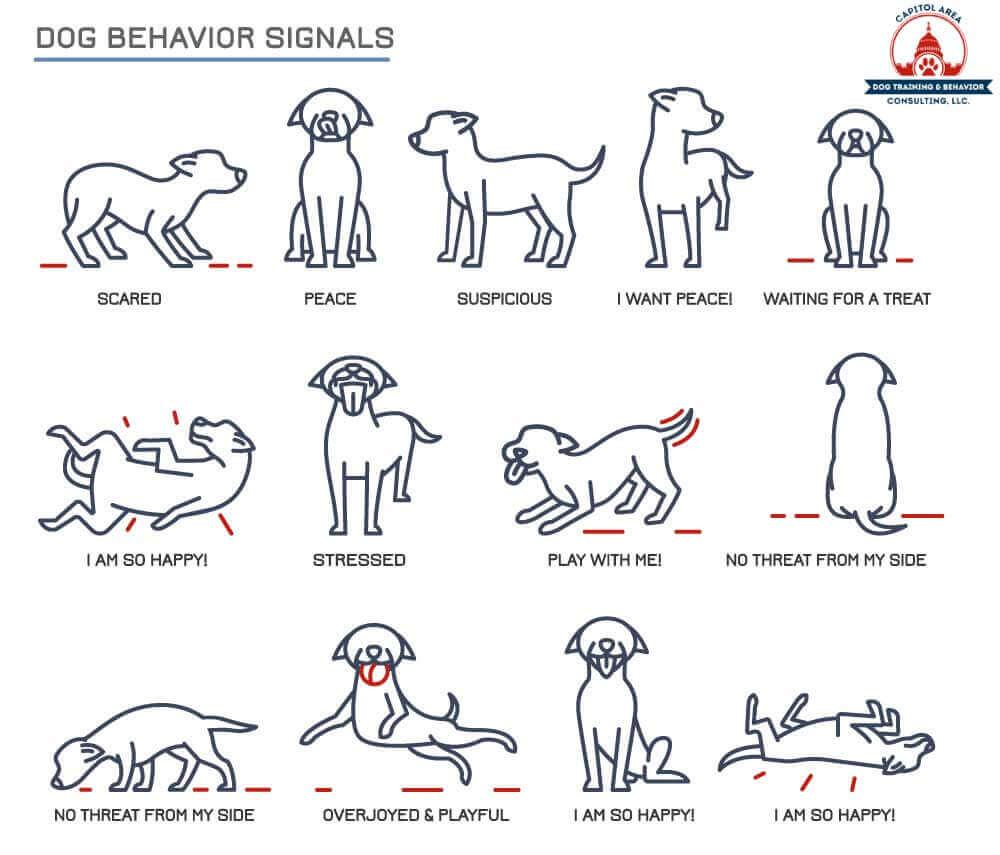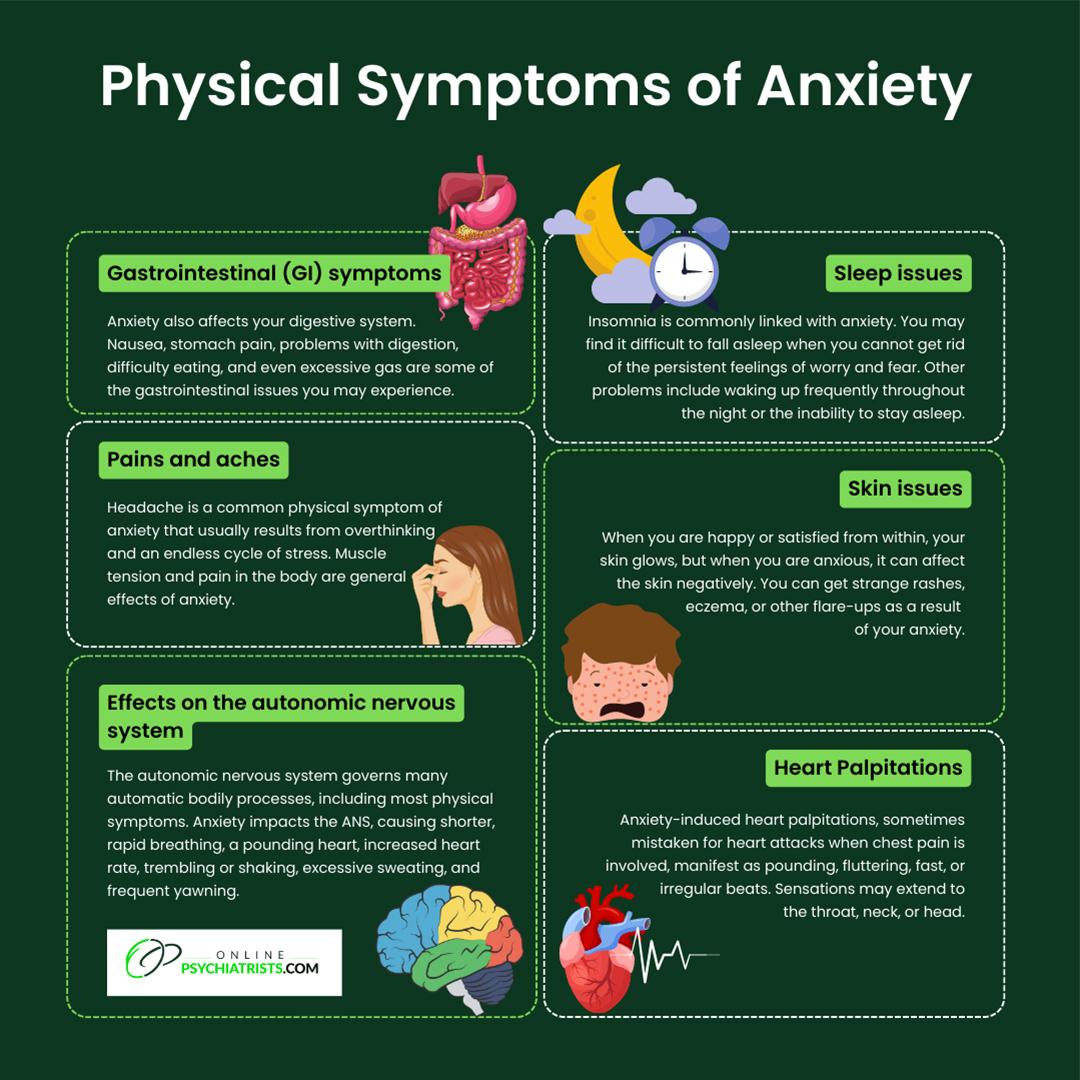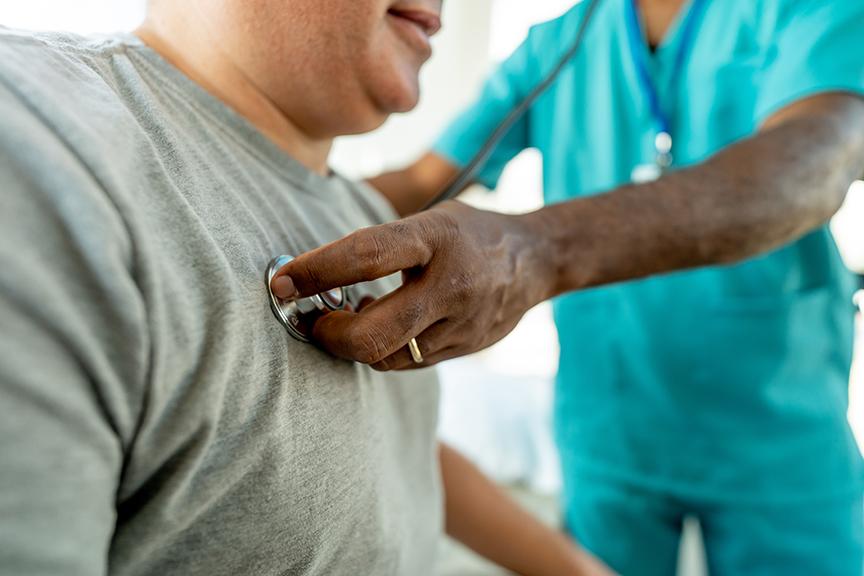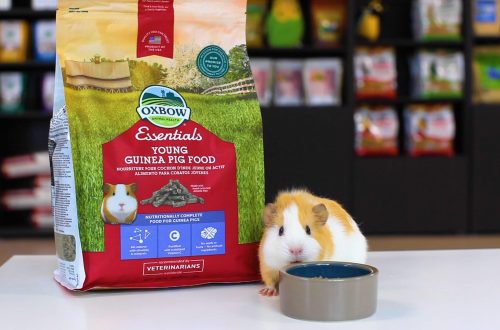
Spotting the Signs: Early Illness Detection in Pets
Spotting the Signs: Early Illness Detection in Pets
When it comes to our beloved furry companions, the bond we share is woven with love, loyalty, and countless moments of joy. Yet, amid the wagging tails and gentle purrs, there lies an unseen world of health that often goes unnoticed until it escalates into something serious. Just like us,pets can fall ill,but their ability to communicate discomfort is limited,making it imperative for pet owners to be vigilant. Recognizing the subtle signs of illness can mean the difference between a minor ailment and a critical condition. In this article,we will explore the importance of early illness detection in pets,the subtle cues to watch for,and how understanding their behavior can empower you to act in a timely manner. After all, the key to a happy life for our pets is not only in the joy we share but also in our ability to ensure their health and well-being. Join us as we delve into the interesting world of pet health, where even the slightest change in behavior can signal a larger story beneath the surface.
Table of Contents
- Recognizing Subtle Behavioral Changes in Your Pet
- Decoding Physical Symptoms: What to Watch For
- The Importance of Regular Check-Ups and Preventive Care
- Utilizing Technology for Proactive Health Monitoring
- Future outlook

Recognizing Subtle Behavioral Changes in Your Pet
Being attuned to your pet’s behavior is essential for ensuring their overall well-being, as subtle shifts can often signal underlying health issues. look for variations in their daily habits that may indicate discomfort or distress.Common behavioral changes to monitor include:
- Altered eating habits,such as decreased appetite or changes in thirst levels
- Increased irritability or lethargy,indicating a lack of energy or enthusiasm
- Changes in sleep patterns,whether it’s too much sleep or sudden insomnia
- Unexplained vocalizations,which might indicate pain or discomfort
It’s also beneficial to observe physical manifestations of stress or illness. For example, you may notice changes in grooming habits or signs of discomfort such as limping or sensitivity to touch. Outlined below are some physical indicators to note:
| Change | Potential Concern |
|---|---|
| Excessive scratching or biting | Allergies or skin conditions |
| Weight loss or gain | metabolic disorders or dental issues |
| Frequent urination accidents | UTI or diabetes |
| Changes in bowel movements | Digestive issues or parasites |

Decoding Physical Symptoms: What to Watch For
Understanding your pet’s physical symptoms is crucial for early detection of potential health issues. Keep an eye out for changes in behavior that could indicate discomfort or illness. As an example, if your usually active dog suddenly becomes lethargic, or if your cat is hiding more than usual, these could be warning signs. Common physical symptoms to monitor include:
- Change in appetite: Eating less or not at all.
- Weight fluctuations: Unexplained weight loss or gain.
- Coat condition: Dull, dry fur or excessive shedding.
- Grooming habits: Over-grooming or neglecting to groom.
- Restlessness: Pacing or inability to settle down.
Additionally, be observant of any physical manifestations that may indicate underlying health problems. Subtle changes like frequent vomiting, diarrhea, or changes in urination patterns can signify an issue that needs addressing. When in doubt, consider using a simple table to summarize potential symptoms you’ve observed, making it easier to discuss with your veterinarian:
| Symptom | Possible Concern |
|---|---|
| Vomiting | Gastrointestinal issues, infections |
| diarrhea | Parasites, dietary changes |
| Frequent drinking | Kidney issues, diabetes |
| Excessive scratching | Allergies, skin infections |

the Importance of Regular Check-Ups and Preventive Care
Regular check-ups and preventive care are essential components of managing your pet’s health. These routine visits not only help in detecting early signs of illness,but also provide opportunities for education on pet care and lifestyle changes that can enhance their well-being. During these appointments, veterinarians can identify potential health issues before they become serious, leading to better outcomes. Important aspects of these visits include:
- Vaccinations: Keeping your pet’s immunizations current helps prevent diseases that can pose meaningful health risks.
- Dental Care: Regular dental check-ups can prevent oral diseases, which can lead to systemic health issues.
- Parasite Control: Routine screenings for parasites keep harmful infestations at bay and protect your pet’s overall health.
- Nutrition Guidance: Vets can provide tailored advice on diet,ensuring your pet maintains a healthy weight and nutrient balance.
Early illness detection is crucial in improving treatment outcomes, as many health problems may not manifest obvious symptoms until they reach advanced stages. A structured approach to veterinary visits, ideally every 6-12 months, allows for monitoring changes in your pet’s physical condition and behavior. Regular assessments may include:
| Assessment Category | Frequency |
|---|---|
| complete Physical Exam | Every 6-12 months |
| Dental Cleanings | Annually or as needed |
| Blood Work | Every 1-2 years |

Utilizing technology for Proactive Health Monitoring
In today’s fast-paced world, technology has become an indispensable ally in enhancing the health and well-being of our furry companions. Wearable devices, such as smart collars and fitness trackers, allow pet owners to monitor vital signs and daily activity levels in real-time. This data can alert you to any irregular patterns that might indicate early signs of illness.As an example, a sudden drop in activity could suggest lethargy associated with an underlying health issue. With the ability to share this details with your veterinarian instantly,you can ensure timely interventions that may ultimately save your pet’s life.
Additionally, mobile applications designed for pet health management can facilitate proactive monitoring by centralizing your pet’s medical history, vaccination schedules, and dietary requirements. These apps often include reminders for regular vet visits and offer health tips tailored to your pet’s specific needs. Consider incorporating the following features into your pet health routine:
- Symptom Checker: A tool that helps identify potential health issues based on observed symptoms.
- Playtime Tracker: Monitoring your pet’s exercise habits to promote physical wellness.
- Nutrition Log: Tracking diet changes and food intake to maintain optimal health.
Future Outlook
being proactive about your pet’s health can make all the difference in the world. By learning to recognize the subtle signs of illness, you empower yourself to take action before a minor issue escalates into a serious condition. Just as every wag and purr tells a story, your attentiveness to changes in behavior, appetite, and energy levels can be the key to unlocking a longer, healthier life for your furry companions. Embrace the journey of veterinary care as a collaborative effort, and remember that early detection not only safeguards their well-being but also deepens the bond you share. Together, let’s ensure that the chapters of your pet’s life are filled with joy, vitality, and the promise of many more adventures to come.





